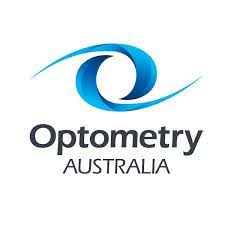The Dangers of Eye Rubbing From Our Team in Toowoomba
Dangers of Eye Rubbing
Growing evidence indicates that constant and vigorous eye-rubbing can bring on, or worsen, keratoconus, which affects around one in every 2,000 people.
What is Keratoconus?
Keratoconus blurs vision by thinning the cornea, the transparent front part of the eye. As the cornea thins, it begins to distort and bulge and becomes cone-shaped rather than the usual round shape, leading to vision loss.
In its early stages, vision may be corrected with spectacles although there may be an increased sensitivity to light. As the condition advances, vision may no longer be adequately corrected due to the high irregularity of the cornea.
Both eyes are usually affected but may respond in different ways, and 20 per cent lead to severe visual impairment. As the condition continues to deteriorate, a corneal graft may be required.
Words From the Professionals
According to Clinical Professor Stephanie Watson from the Save Sight Institute “Eye rubbing is often caused by allergies, and this can become a problematic habit. In chronic eye rubbers, more severe keratoconus often corresponds with the dominant hand.”
The precise cause of keratoconus is unknown. It is thought that genetic factors may contribute and that eye rubbing can lead to eye trauma, as well as trigger the release of enzymes, which weaken the cornea.
Researchers from the Save Sight Institute are working to find new and improved ways to treat the disorder.
In progressive cases of keratoconus, corneal cross-linking is commonly used, using UV light and a photosensitiser to strengthen chemical bonds in the cornea, ultimately with the aim of halting the progressive degeneration.
The Ocular Repair Group at Save Sight Institute, under the leadership of Prof Watson, has recently launched a sophisticated web-based software platform to collect data across a large number of real-life clinical settings.
“This allows us to analyse high volume patient outcomes from the procedure” says Prof Watson “and this important information plays a direct role in improving the way in which we care for patients affected by keratoconus, now and in the future”.
The Corneal Disease Group at Save Sight Institute, under the leadership of Professor Gerard Sutton and Dr Con Petsoglou, have had considerable success in identifying an important protein that is expressed by people affected by keratoconus and is working towards possible future treatments targeted at this protein.
In the meantime, The Royal Australian and New Zealand College of Ophthalmologists (RANZCO), Keratoconus Australia, and the Save Sight Institute has called for better public awareness of the risks associated with eye friction.
Larry Kornhauser, President of Keratoconus Australia said young people regularly contact the Association to ask why their vision deteriorates so quickly. “We ask them if they have itchy eyes and if they rub their eyes vigorously and most say ‘yes, why?’. They get upset when told that eye rubbing is contra-indicated with keratoconus as it can trigger or accelerate the disease. They (or their parents) always say, ‘Why didn’t anyone tell us?’”
To learn more about our optometry services, call us on (07) 4638 8828.





